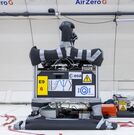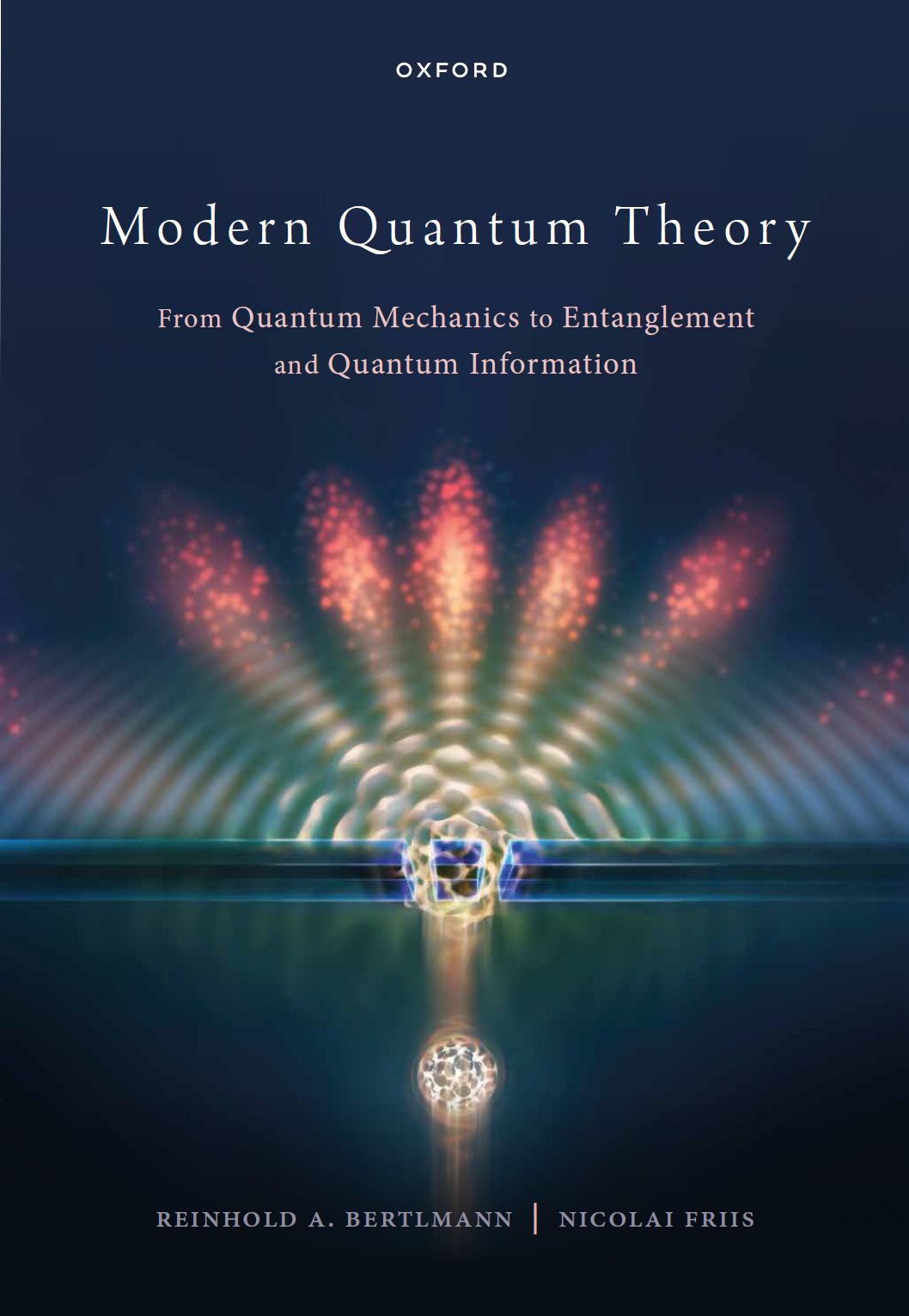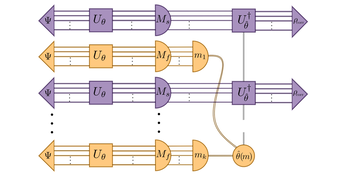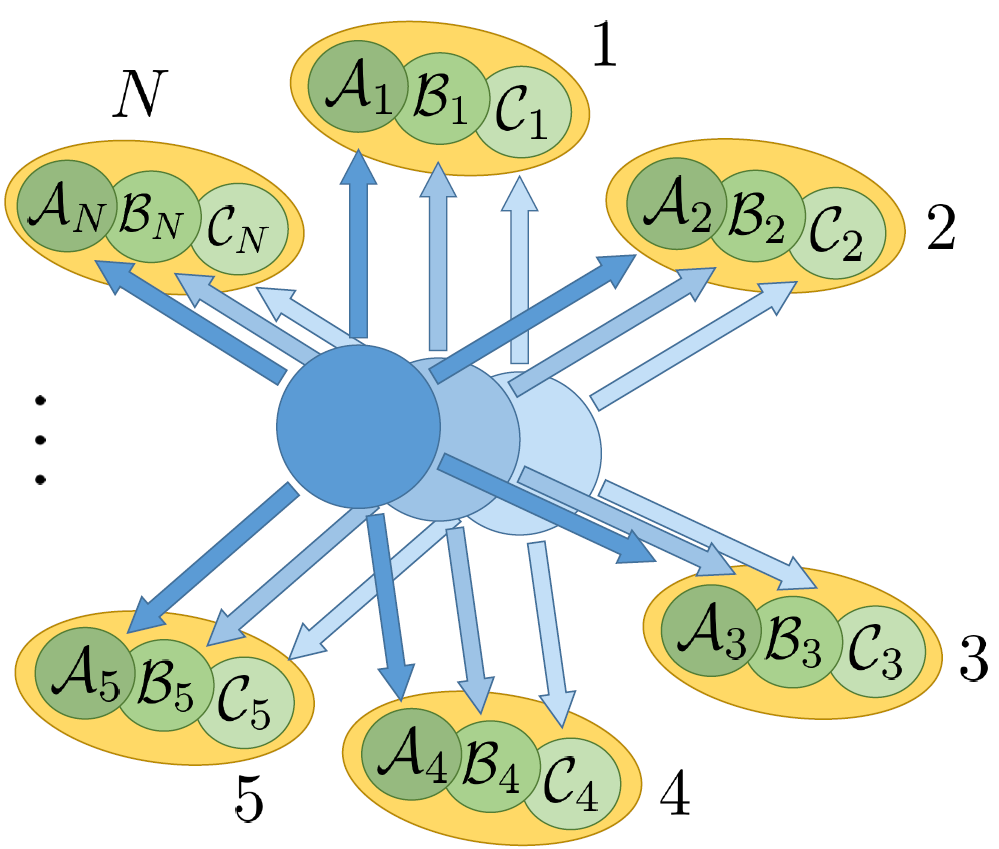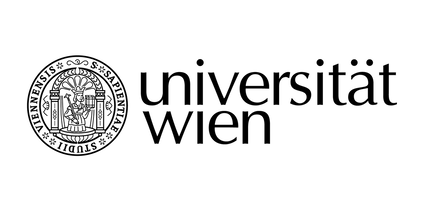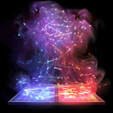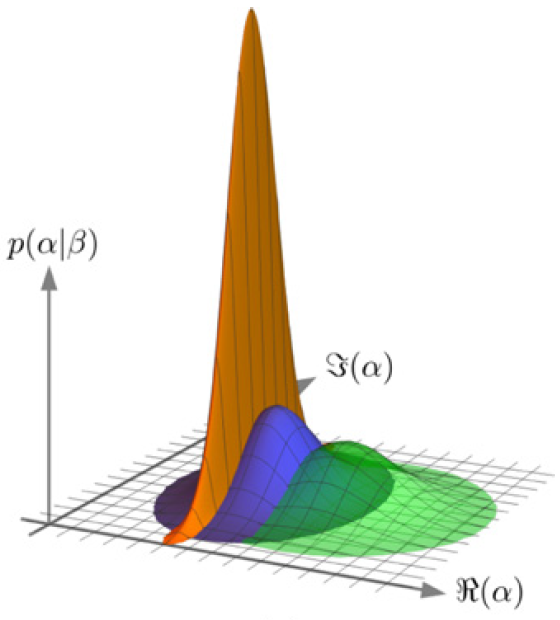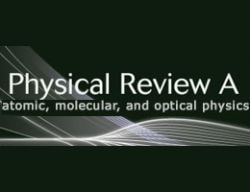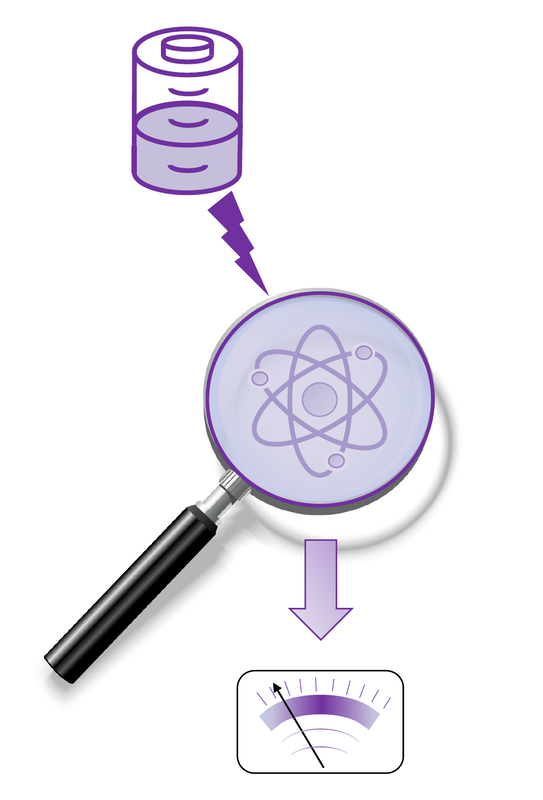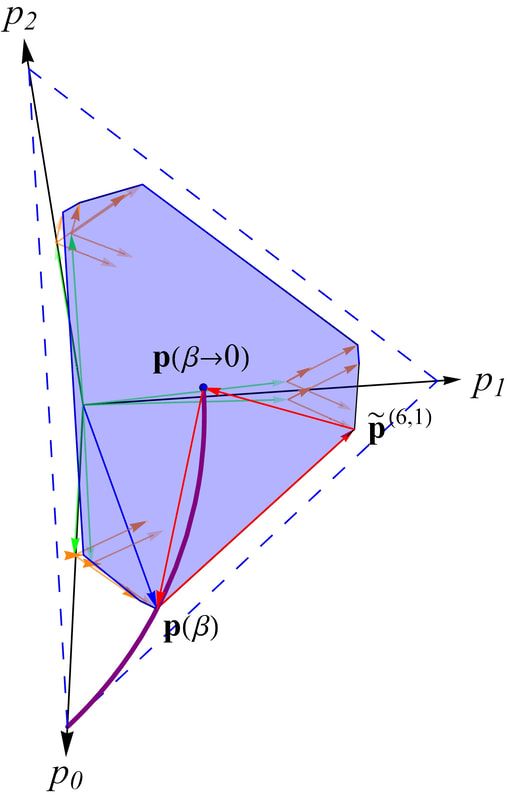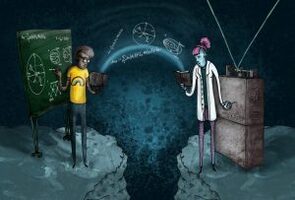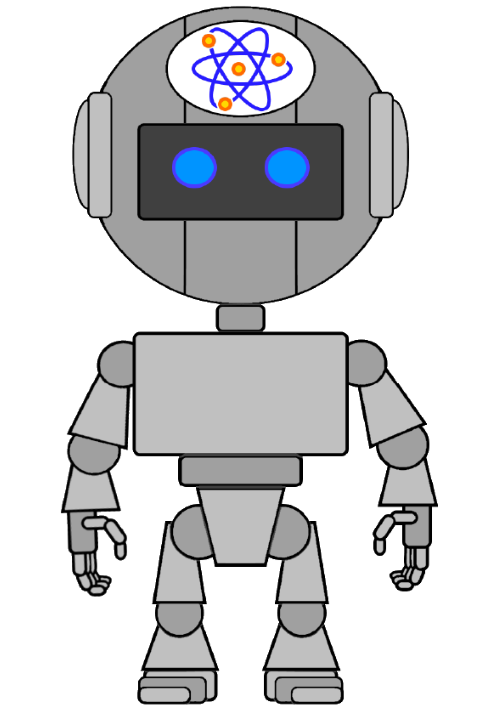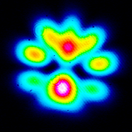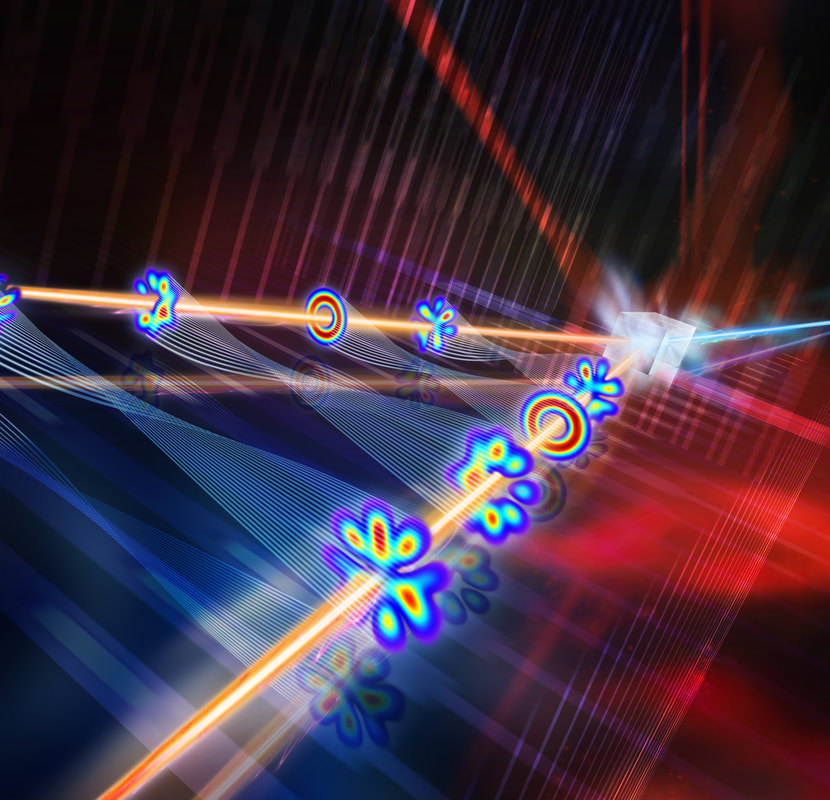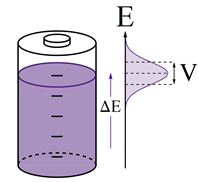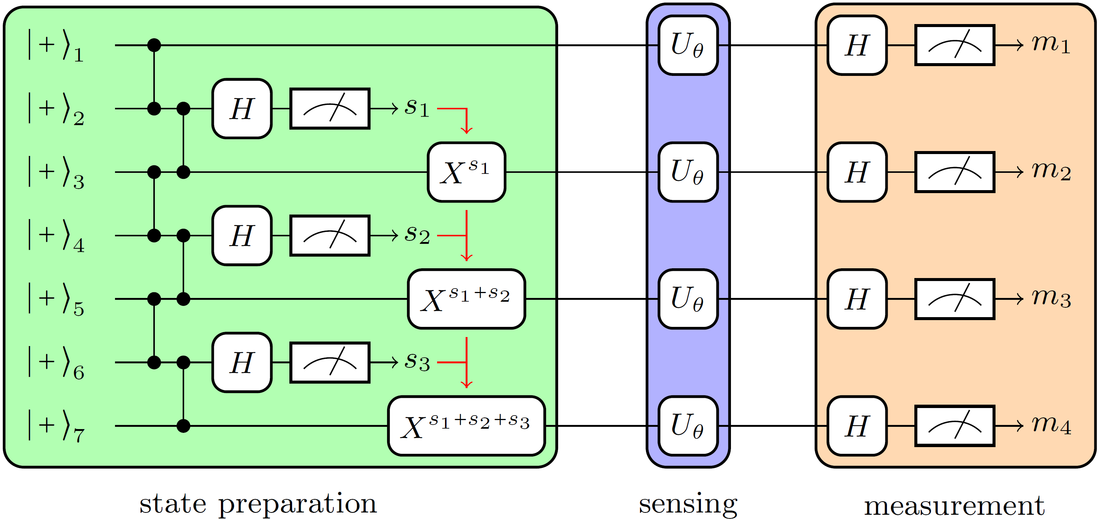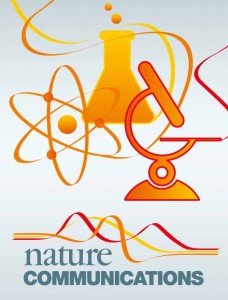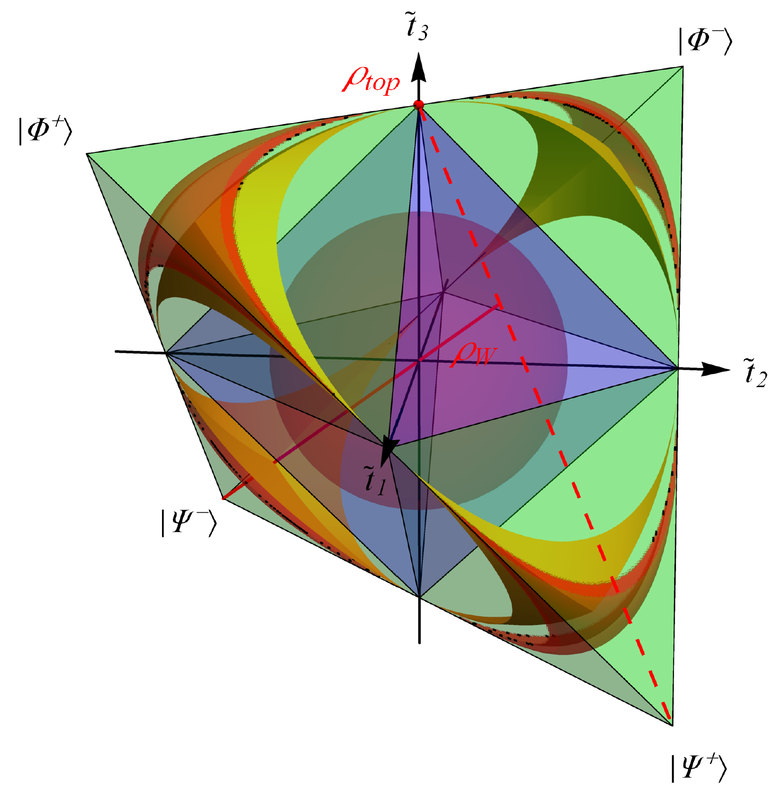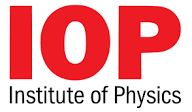About me
I am currently (since June 2022) a Senior Postdoc (Universitätsassistent) at the Institute of Atomic and Subatomic Physics (Atominstitut) of TU Wien, where I am leading the Entanglement and Quantum Computing Theory (EntaQCT) group, which is part of the research area Quantum Optics and Quantum Information.
My team is funded by the Austrian Science Fund (FWF) through the Stand-Alone project "Entanglement-Based Certification of Quantum Technologies" (EBCQT, project number P 36478-N) and by the Austrian Federal Ministry of Education, Science and Research via the Austrian Research Promotion Agency (FFG) through the flagship project "High-Performance integrated Quantum Computing" (HPQC, project number FO999897481), both funded by the European Union – NextGenerationEU.
My research interests lie in the overlap of quantum information & computation with quantum optics and quantum thermodynamics. Recently, I have been interested in entanglement theory, entanglement detection and certification in practical scenarios, and I have been investigating the connections between resources for quantum computation, quantum metrology, and quantum thermodynamics. See the Research Section of my homepage for more details.
Previously, I have worked as a Senior Postdoc at the Institut for Quantum Optics and Quantum Information - IQOQI Vienna (in the group of Marcus Huber), and as a Postdoc (Universitätsassistent) at the Institute for Theoretical Physics of the University of Innsbruck, working in the Quantum Information & Computation group with Prof. Hans J. Briegel, where I have also been teaching courses in theoretical physics. I obtained my PhD (2010-2013) under the supervision of Ivette Fuentes at the University of Nottingham. Before that, I worked in the particle physics group at the Faculty of Physics at the University of Vienna, where I studied for my diploma, supervised by Reinhold A. Bertlmann. Contact
|
News
|








